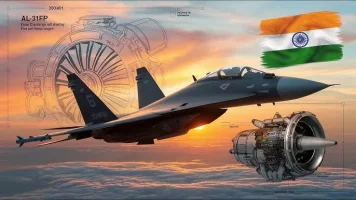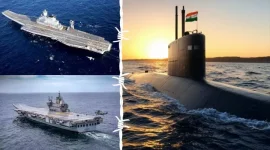- Views: 2K
- Replies: 7
India's Aeronautical Development Agency (ADA) has received an overwhelming response to its tender for the manufacturing of crucial structural assemblies for its next-generation fighter aircraft programs: the Tejas Mk-2, Twin Engine Deck Based Fighter (TEDBF), and Advanced Medium Combat Aircraft (AMCA).
Over a dozen private sector companies, many already contributing to the Tejas Mk1A program, have expressed keen interest in expanding their role in India's rapidly growing defence aerospace sector.
This initiative reflects ADA's commitment to increasing private sector participation in defence manufacturing, a key element of India's strategy to boost indigenous capabilities and reduce reliance on foreign suppliers. With anticipated orders exceeding 400 units across these programs over the next two decades, the stakes are high, and the involvement of private players is seen as crucial.
The companies vying for this opportunity have proven their capabilities through their involvement in the Tejas Mk1A program, where they have successfully manufactured fuselages and other components. This experience positions them well to contribute to the more complex Tejas Mk-2, TEDBF, and AMCA programs.
In a significant departure from previous practices, ADA plans to allow these private companies to not only manufacture structural assemblies but also integrate subsystems within the sections they produce. This move is expected to streamline the final assembly process, potentially reducing production time.
The tender focuses on key components, including the front, mid, and rear fuselage sections, as well as the wings and tail sections – all critical for aircraft performance and stability. Sources indicate that numerous companies with expertise in aircraft electronics and subsystems have also expressed interest, signaling a broadening of the supply chain and accelerating localization efforts over the next decade.
ADA will carefully evaluate each company's capabilities to determine which specific section they are best suited to manufacture. The immediate focus is on the Tejas Mk-2 and AMCA programs, both of which have completed the final design phase and secured crucial development funding.
The Indian Air Force (IAF) is also pushing for a more significant role for the private sector, envisioning them as integrators within the final assembly lines. This would not only enhance production efficiency but also contribute to building a robust and self-reliant domestic defence industry capable of meeting India's future operational needs.




